Insulae Deorum, Islands of the Gods, that is the name Plinio the Elder gave to this island archipelago, this pearl of Galicia’s Rías Baixas. He named it well, for this island should be worshipped and adored, protected from the profane secular sciences which have so corrupted so much of this planet’s jewels. Monteagudo, Illa do Faro, and San Martiño: these are the Cíes, hallowed be their names.
Come summer, the islands will receive countless thousands of visitors who will want to bake on its white sands, climb its rocky peaks, amble through its forests. The ferry companies granted concessions for the safe passage of these visitors were at the end of last summer finned nearly one million euros for consciously disregarding the daily limit on numbers, sometimes tripling the maximum allowed number of visitors in search of “illicit benefit“, as the regional government defined it.
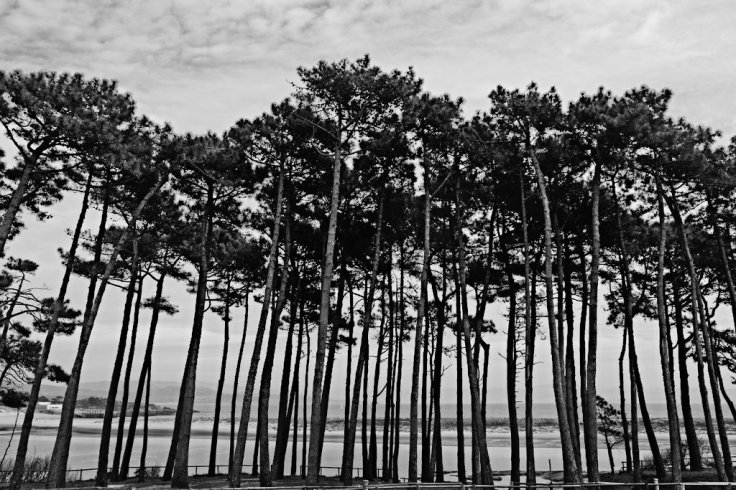
In response to the risk posed to the islands by mass seasonal tourism and the threat of further disregard of the law by the ferry companies, Galician authorities have proposed a new system which would mandate each and every visitor to seek official permission to visit the park. One hopes that this new centralised system will prevent the ferry companies from flouting the law once again after being dealt these not unmanageable fines.
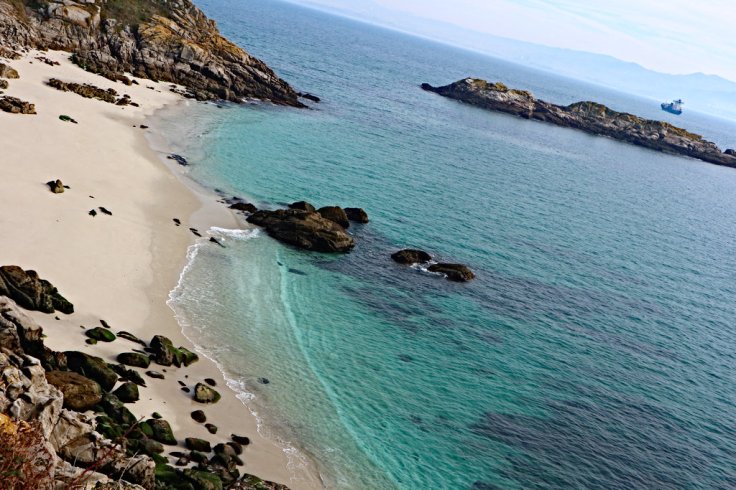
Visiting the Atlantic Islands National Park during winter is a privilege, as the island ambler can enjoy the empty beaches and uninterrupted views all for her or himself. Currently there is nearly no continuous human habitation of the island, except for perhaps one park ranger who lives on the island all year round.
The Cíes are, as Plinio knew, the Islands of the Gods: they are the awe-inspiring sublime.
In the past, however, the island has hosted a small community of fishermen-peasants who built a subsistence-based economy on the islands natural resources: fish, algae, seafood, seagulls, corn, pigs.. This community has long since left the island for other shores, but the sister island of Ons, in the neighbouring estuary of Pontevedra, still harbours human settlement.
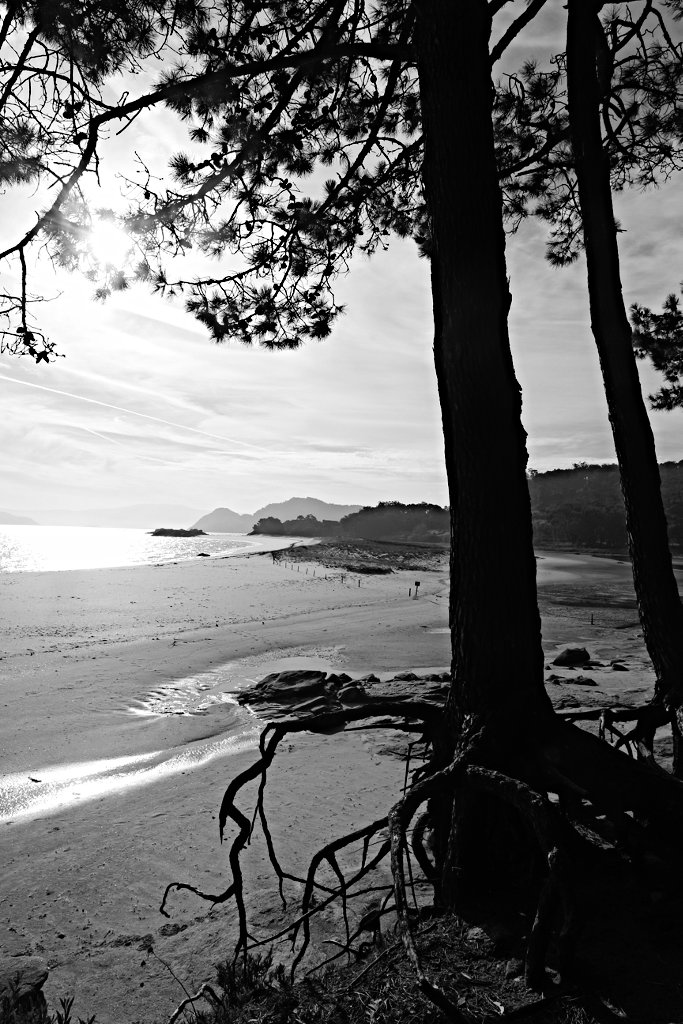
Lives and Times, Writing on the World Around Us…
Stay tuned to Lives and Times to read the next instalment in the Atlantic Island Exploration Series.
Long before even these seafaring peasants inhabited the island in the nineteenth and twentieth century, the Cíes hosted a number of other exotic species. The conquering Julius Cesar is said to have visited the island himself with the advance of Roman armies through Iberian Lusitania, and later, Arab pirates would use the islands as a base for repeated raids upon the townships of the Ría de Vigo, protected from the Atlantic by the islands.
Through the ninth and tenth centuries Vikings from the northern seas would rape and pillage the Ría, and in the seventeenth century a devastating attack of North African pirates would plunge this region into economic and social chaos following their sacking of the harbour’s settlements. The English took their share of the loot as well, sending the notorious Francis Drake to plunder the nearby bay of Baiona, anchoring some thirty ships and 1,500 men on the beaches of the Cíes before launching his attack. Some say Drake looted these Rías Baixas up to three times in his long career of plunder against the Spanish, earning him their hatred for generations.
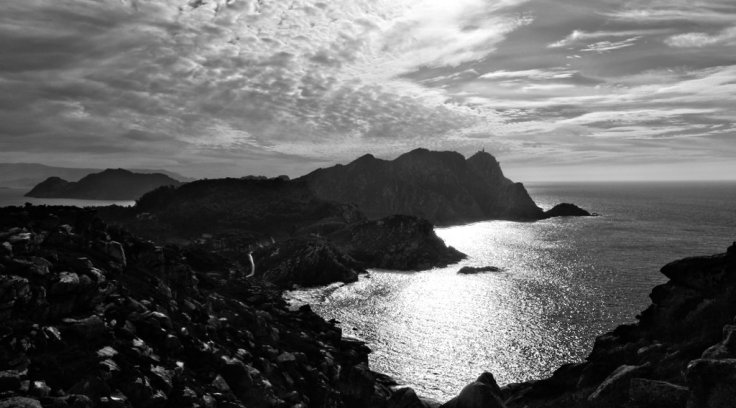
This exposure and vulnerability to the open seas and the threats it brings meant that these islands were never an ideal place for settlement, serving instead as protection for the harbour which sits behind it, the Ría de Vigo, where sea-life abounds thanks to the currents channelled there by the islands, and where seas and skies are milder owing to the island’s meteorological interference.
Facing the open seas and the harboured land behind it, the islands are both vulnerable yet resilient; and receiving the oceanic undertows and the salted winds, the archipelago is both life-spurring and life-stunting. The Cíes are, as Plinio knew, the Islands of the Gods: they are the awe-inspiring sublime.
Lives and Times…
Subscribe to Lives and Times by email to receive the next instalment in the Atlantic Islands Explorations series.
Writing on the World Around Us…

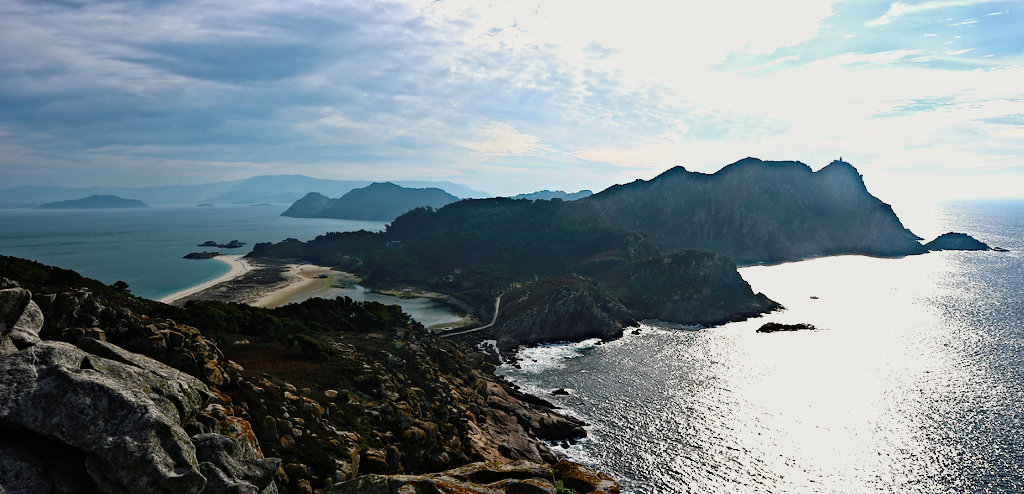
Those are fabulous trees!
LikeLiked by 1 person